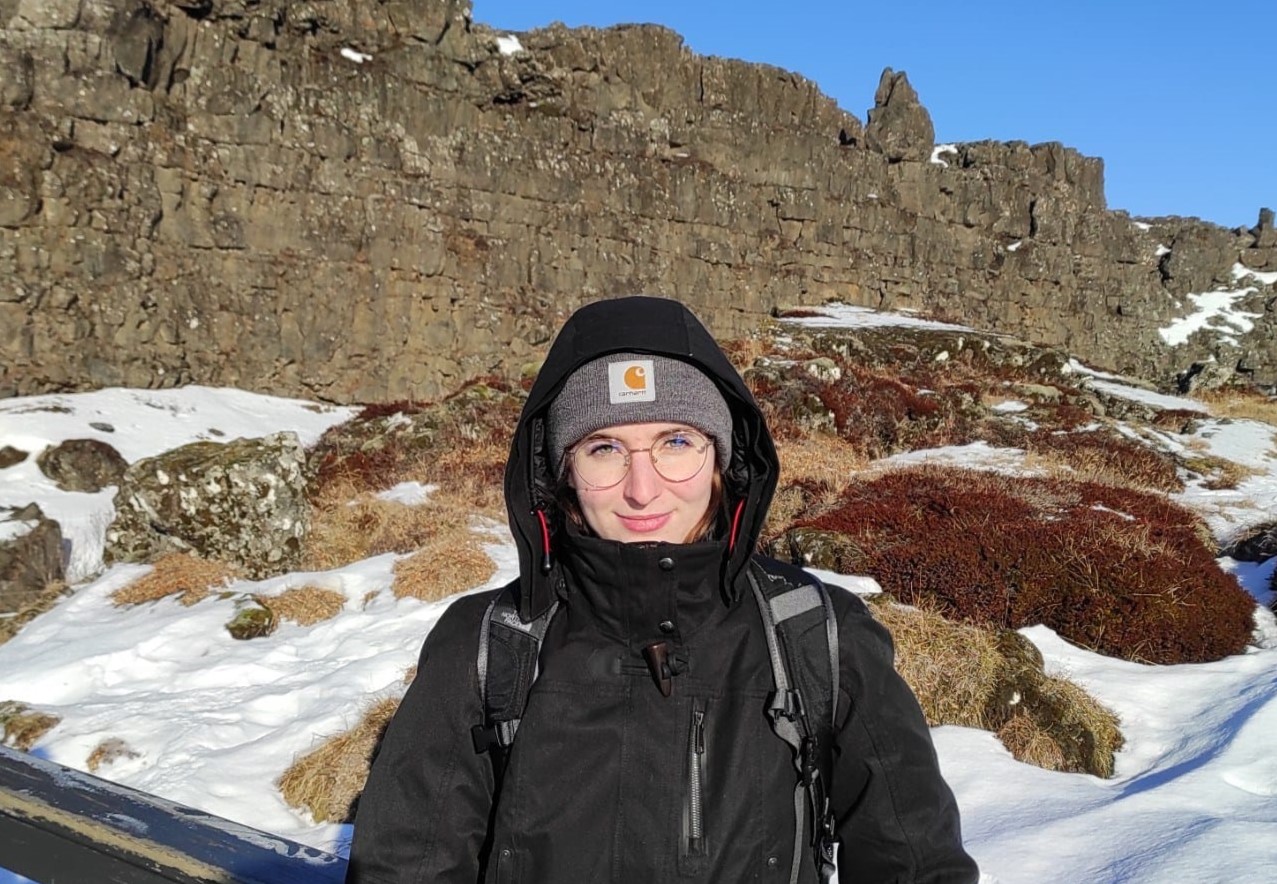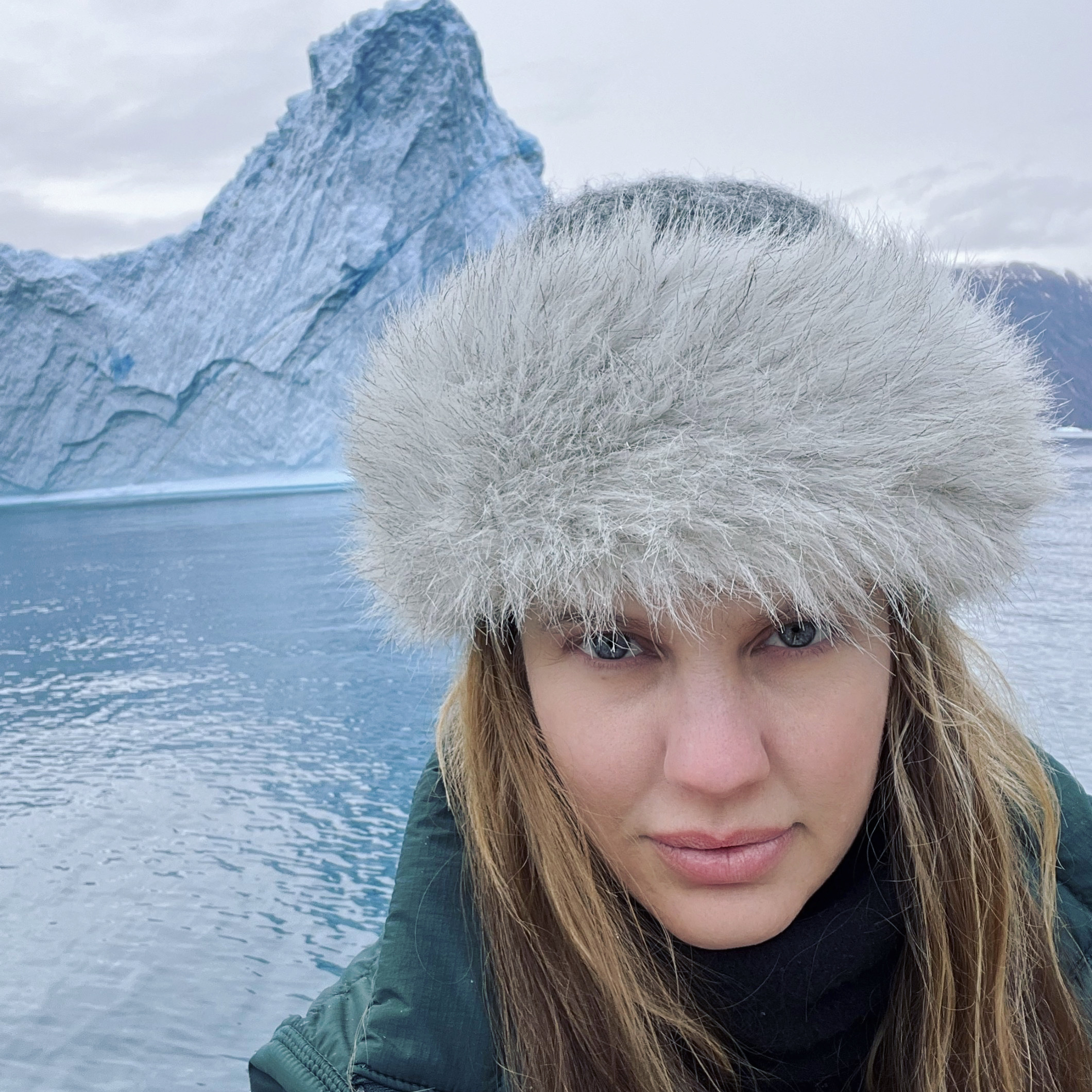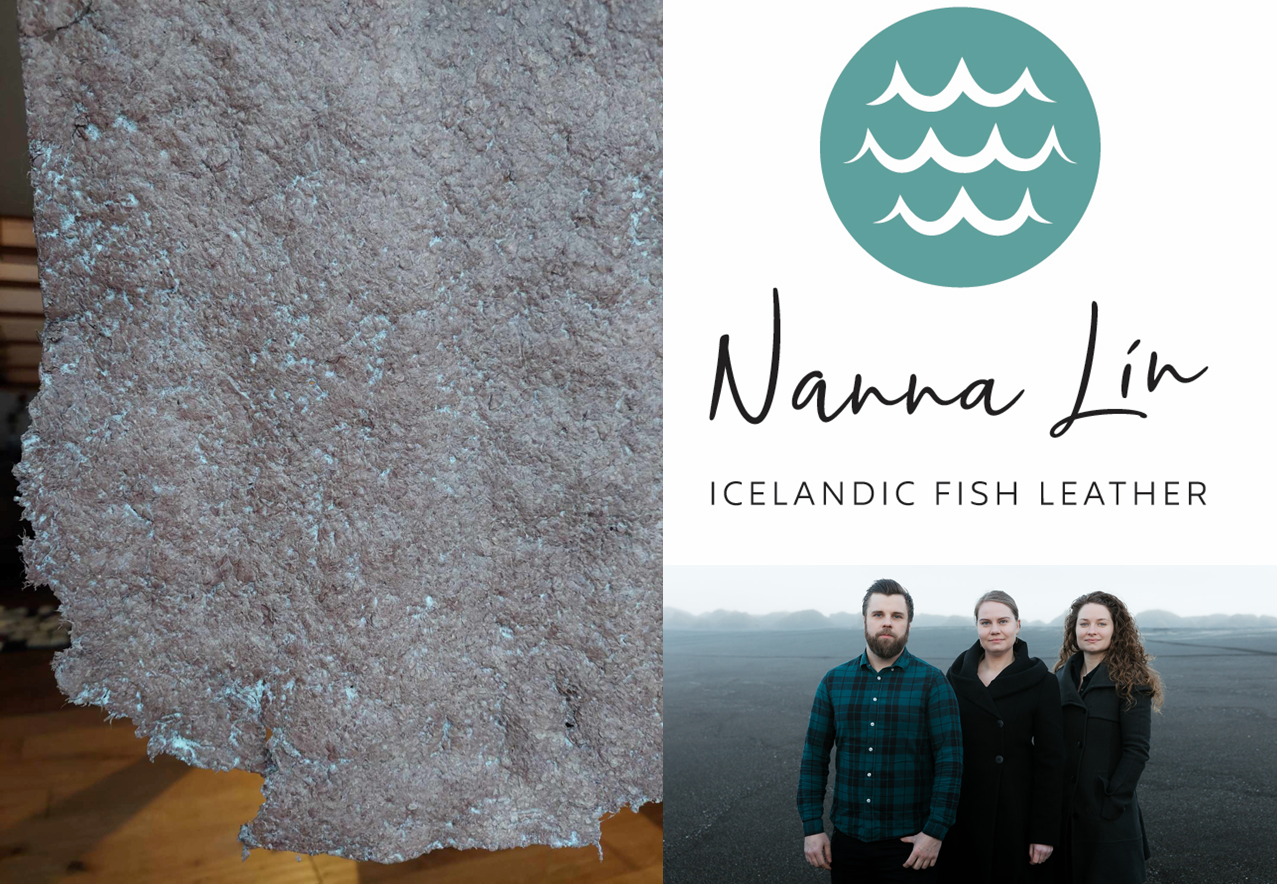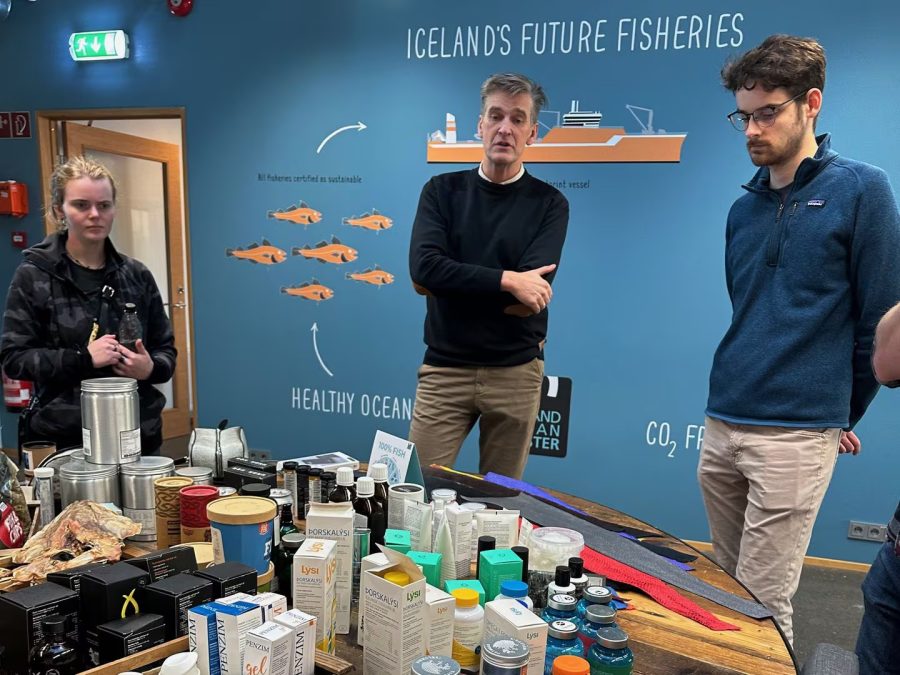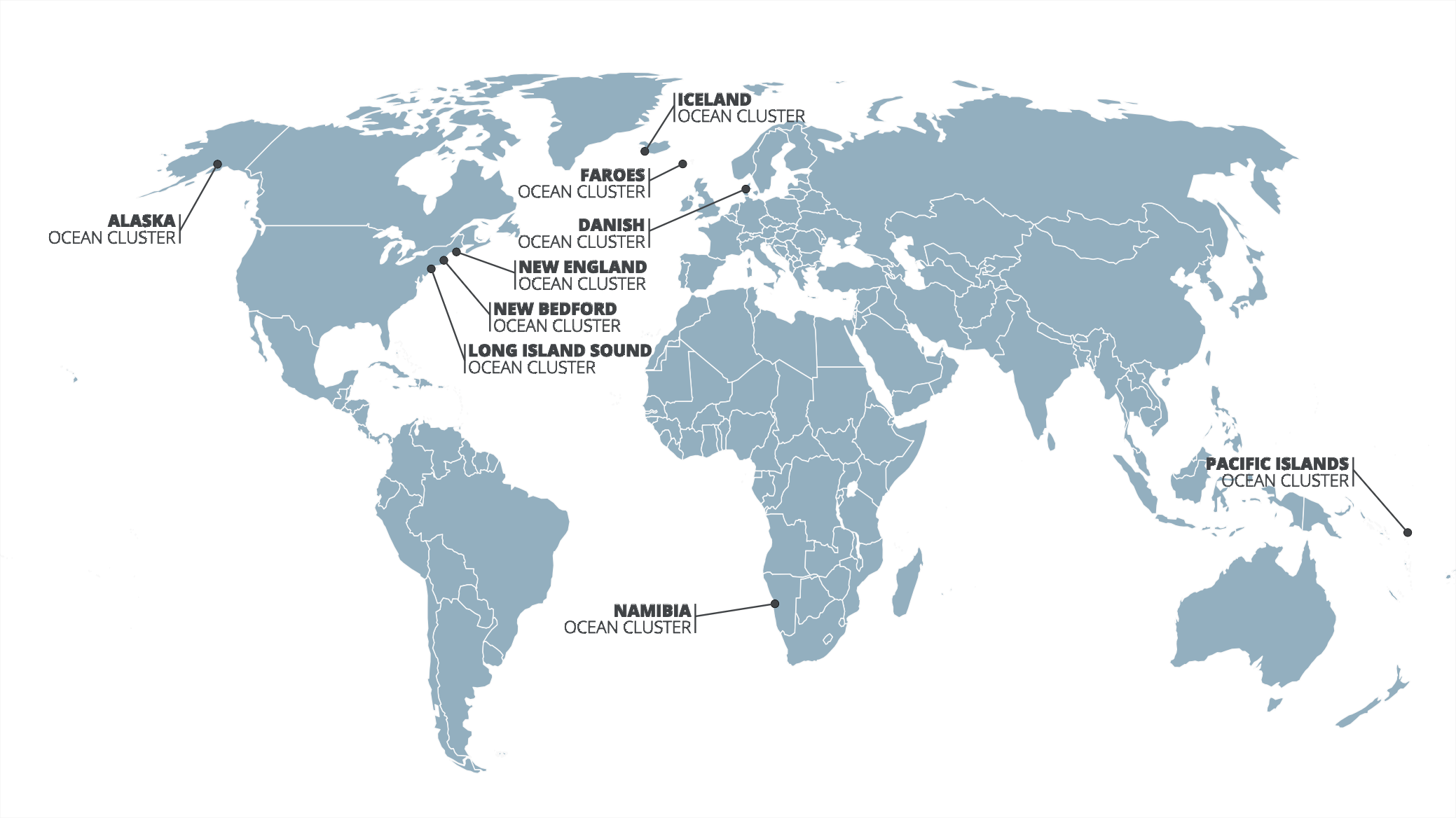The Alaska pollock landings are the largest of any single fish species in the U.S. According to Undercurrent News, the price of pollock is going from bad to worse. Might the price shock of pollock filet blocks lead to something good?
In the early 1980‘s Icelanders experienced a different type of shock for the cod fishing industry as the allowable catch fell drastically. As a result, a new system of individual transferable quota system was introduced in 1990 and the industry started collaborating more with tech companies and R&D where the mission was to increase quality and use more of the fish. Do more with less! In thirty years, the dollar value of each cod has tripled in Iceland.
If we look back to the 80’s in Iceland, the liver was the only part of the rest of the by-products that had some “value.” The rest of the fish was mostly treated as waste with no value. Since then, new markets and companies capable of handling by-products have been developed. This is still the case among global fisheries in the year 2017.
In Iceland, most development has been in the liver and omega sectors where companies in Iceland have become key players in the field; omega oil, canned products, children’s medicine. The success of the liver business does not necessarily indicate that liver is in the long run the most valuable part of the rest of the fish; liver was just in my opinion the first in line of a great many opportunities and has already been developed over a longer time than other by-products. Next in line are enzymes, collagen, proteins and calcium, to name a few. Various smaller plants in Iceland treating cod by-products are a strong indication of this coming trend: a fish leather plant, an enzyme plant, a protein plant, and an upcoming fish collagen plant. In drying, a good example of a company is Haustak in Iceland, a leading fish drying plant that uses geothermal heat.
In collaboration with the Iceland Ocean Cluster, two large fisheries recently established Codland, a company which is creating oil and fish meal from cod’s offal and bones. Codland’s mission is to use the entire cod – to utilize 100% of every cod. Another example of such collaboration among fisheries and the cluster is Collagen Ltd. which aims to use fish skin for collagen protein production.
Can the Alaskan pollock take a similar route as the Icelandic Cod? There is no reason why that should not be the case in terms of the by-products of the pollock. The large seafood companies in the Northwest US are already putting significant effort into developing of products from the by-products of the pollock. But clusters can help here.
I strongly believe that the formation of the Alaska Ocean Cluster and the Seattle Ocean Cluster will become reality in the winter of 2017-2018. These clusters could build the bridge between different parts of the value chain in the fisheries; between Universities, startups, marketing companies, designers and fisheries.
We can see the pollock skin become collagen or leather, we could see the pollocks bones as pure calcium, the filet as pure protein for the nutraceutical market etc. The pollock is not only 2-3 million metric tons of frozen filets and landfill; in essence it is 3 million metric tons of pure and natural protein – which by the way, is scarce in the world! Iceland has already made the change and the Alaska can as well.
Dr. Thor Sigfusson
Founder of the Iceland Ocean Cluster


